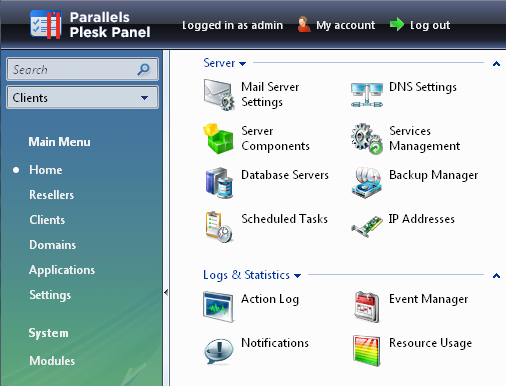Installing the Win7 system on my ThinkPad, I had a problem, that many users will have switching from a Windows system with only 32bit. Connecting the network in my university and in my office, I need to establish a Cisco VPN connection. But unfortunately there is no Cisco VPN Client in a 64bit version for Windows 7 in the x64 version. Only for Windows XP, a Cisco Client is available.
After searching through some forums, I found various solutions for this issue. Some mentioned the Cisco AnyConnect VPN Client. But this Client doesn’t support PCF profiles. But as I couldn’t wait for my university to offer an AnyConnect support, I needed another solution.
